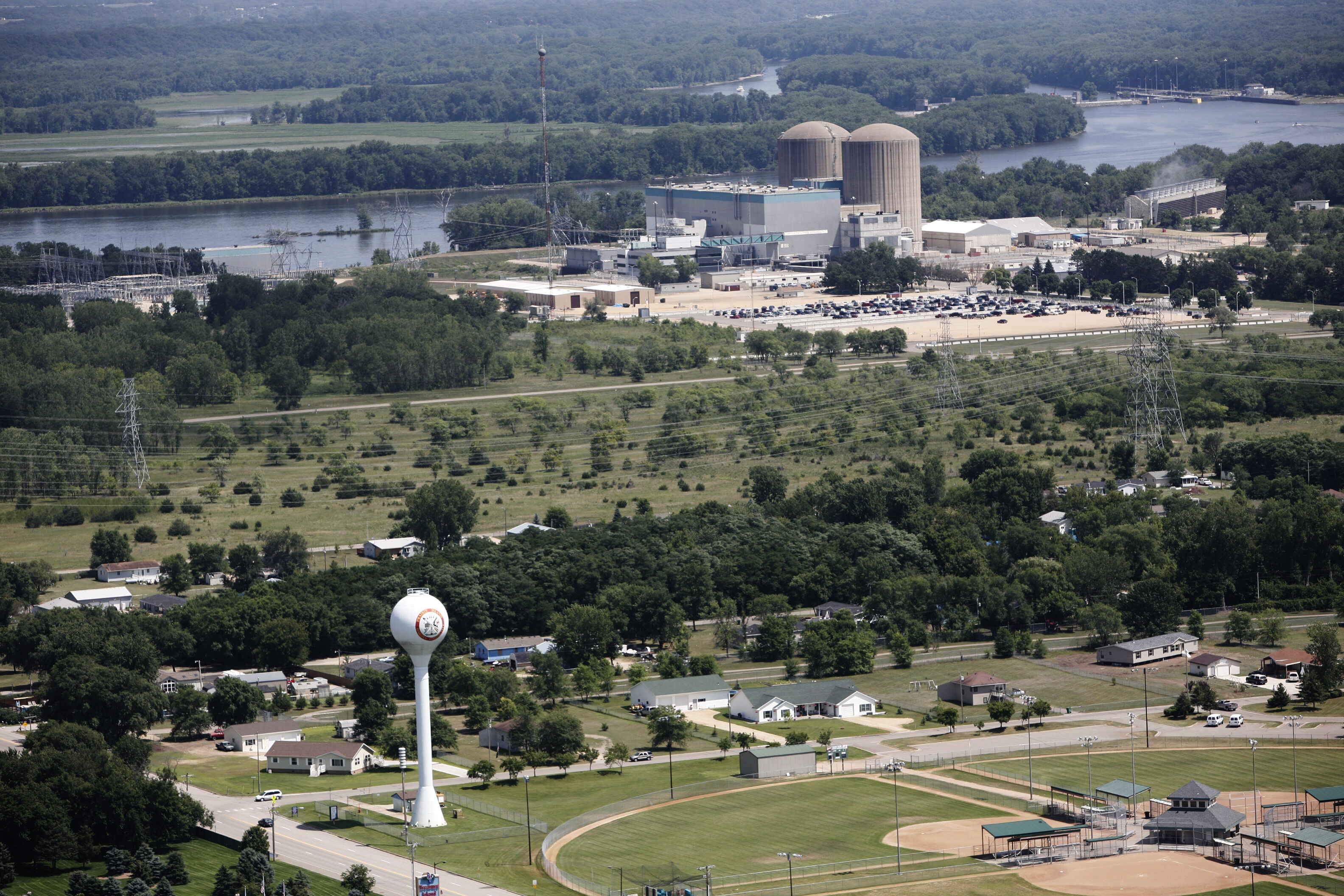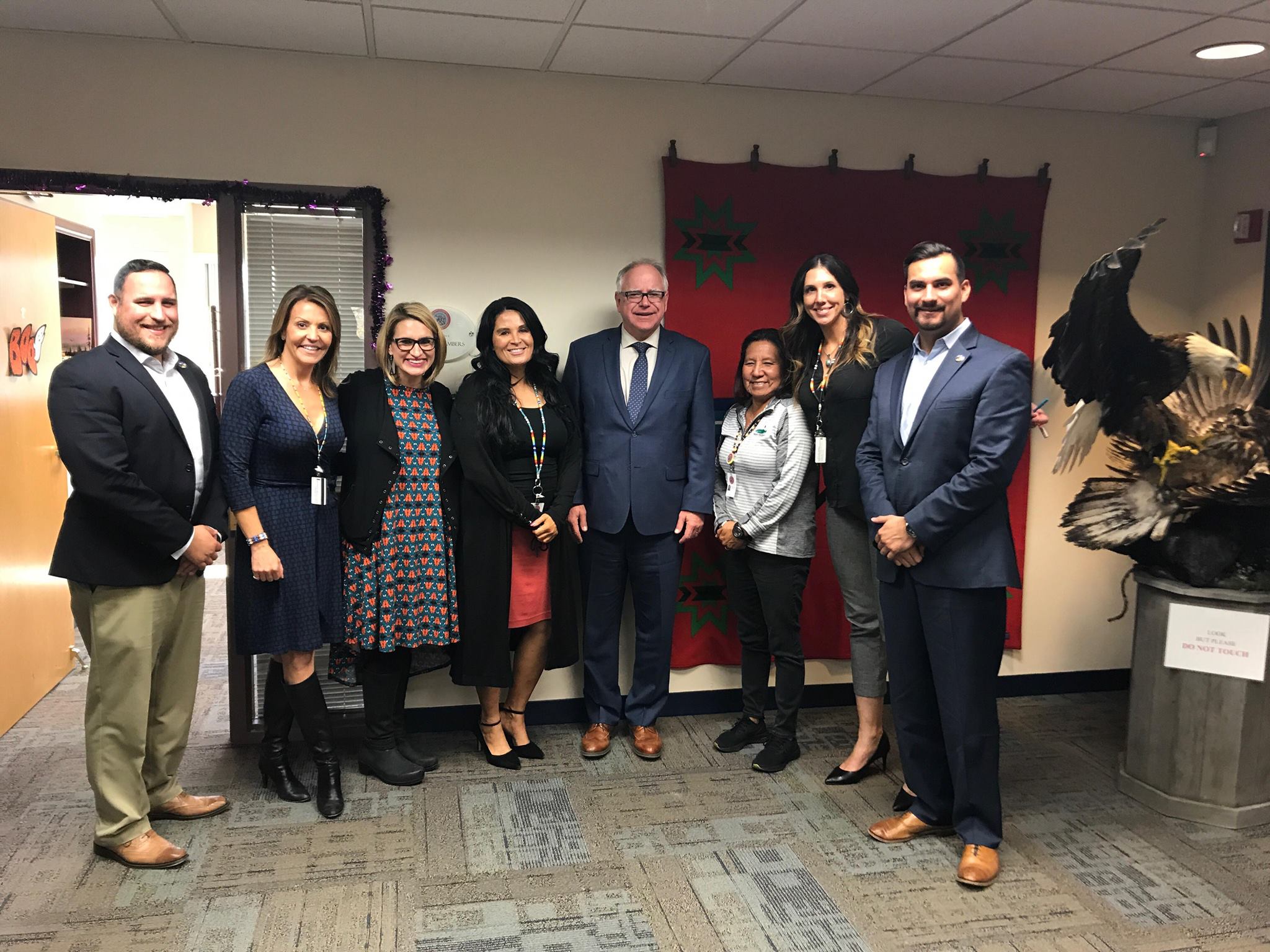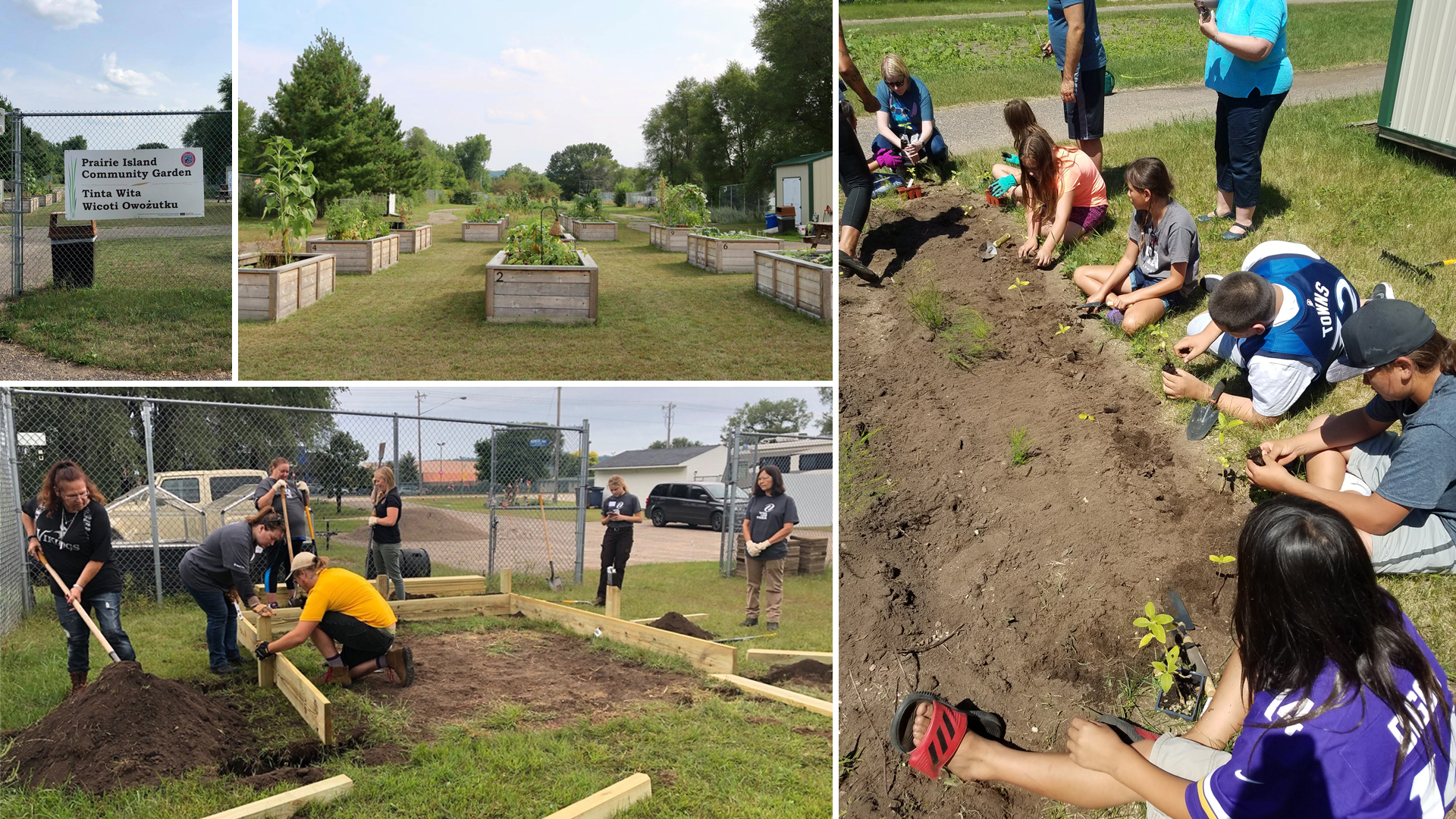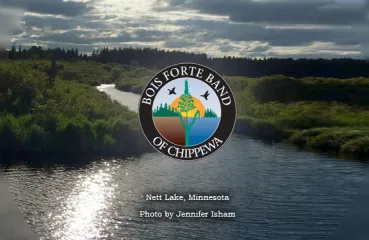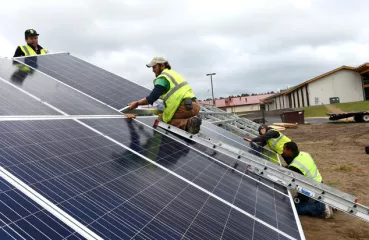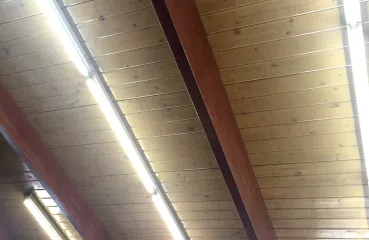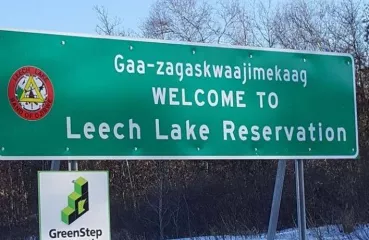Peter Lindstrom: Well, I tell you, it is extremely cool. As we started this conversation, there's been a lot of work done so far, including a lot of work at the legislature, to get the $46 million appropriated in the first place. I'd love to hear more about the negotiations that took place and the legislative process. Clearly a lot of work was done to be successful at the end of the day, with this $46 million appropriation.
President Shelley Buck: Jessie was our key negotiator on that front.
Jessie Stomski Seim: Well, there was a team of us. But to understand what happened there, it’s important to understand the context that President Buck laid out. The fact that for Prairie Island—a horrible energy story was forced upon them, in 1973 when the nuclear power plant was built without consultation, without discussion with the Tribe, whose homeland was that tiny island. And if you are a Tribal member or if you spend any time learning about the history of tribes, one thing you will know for certain is that the notion of environmental injustice is everywhere. This is a prime example of environmental injustice. I feel strongly that if this were to be the sighting of a power plant like this on top of a reservation—if that were to happen today, it would be a Standing Rock-type event. I would like to believe it would never happen again. I would like to hope that.
So that story—you can't tell the Net Zero story without that—because, as President Buck said this money was required to be put in the RDA to try to motivate us to not rely on nuclear power. The purpose of this was to generate new ideas—new sources of energy and innovation. There have been a lot of efforts to take money from that pot and use it for other things and that has increased in recent years.
Prairie Island became eligible to seek funds, but they saw this fund was being raided for purposes that were unrelated to the original goals. And so Prairie Island took it upon themselves to create a project that would benefit them—those who bear all of the risk or a lot of the risk of the nuclear power effort. To do something that was well within the parameters of the RDA, as so Prairie Island developed this concept that would change their energy story from that of a victim and from threat mitigation to an empowering story and an innovative story. One that will change the energy future for Prairie Island.
One of my favorite parts of this story is that Native people and tribes have always lived in harmony with nature and harvested from nature in all different ways to benefit our people and our communities. That is what I think the vision for the Prairie Island Net Zero Project is, as well. It's harvesting the resources of whatever it is—the sun, thermal, whatever will end up being in this project, but doing it in harmony. Doing it in a way that will help Prairie Island thrive.
I think it’s an opportunity to have a blueprint for Native communities and others, to go from, as President Buck, said from zero in this field or little bitty efforts to something much more cohesive or to a complete net zero system.
We brought all of these ideas to the legislature. We were clear that this wasn't a shovel ready project. We are very much in development and in the building blocks of this project now. I believe that the representatives saw in this an opportunity—not just for Prairie Island and not just to recognize the situation and this energy issue that the Island was facing—but that there are a lot of communities out there that need to learn how to go from zero to 100. This was an opportunity for the greater State of Minnesota and elsewhere to figure out how to do this, which was exactly what this pot of money with the RDA is for.
Those were part of the discussions. We had a lot of support at the legislature. We had a lot of great conversations, and a lot of excitement. It took a few sessions to get through it because we got caught up in some macro politics, and that's just the name of the game sometimes. But we really feel like we have a lot of supporters, a lot of believers, and a lot of partners at the State of Minnesota.


.png)


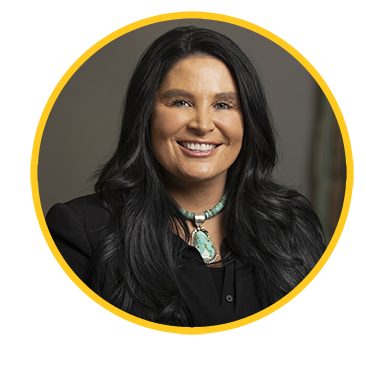 President Shelley Buck: I’m President Shelley Buck, I'm the President of the Prairie Island Indian Community. I am a tribal member, so that led me to my path. I grew up in Indiana in a small town and got my bachelor's degree in accounting at Indiana University. Go Hoosiers! Jessie and I were both Big 10, so we're always competing there. But I didn't grow up in a culture. I grew up with my non-Native mother in Indiana. I decided I wanted my kids to grow up in the culture. So, I moved them up here, and I also wanted to work for the Tribe and eventually to be on Council.
President Shelley Buck: I’m President Shelley Buck, I'm the President of the Prairie Island Indian Community. I am a tribal member, so that led me to my path. I grew up in Indiana in a small town and got my bachelor's degree in accounting at Indiana University. Go Hoosiers! Jessie and I were both Big 10, so we're always competing there. But I didn't grow up in a culture. I grew up with my non-Native mother in Indiana. I decided I wanted my kids to grow up in the culture. So, I moved them up here, and I also wanted to work for the Tribe and eventually to be on Council. 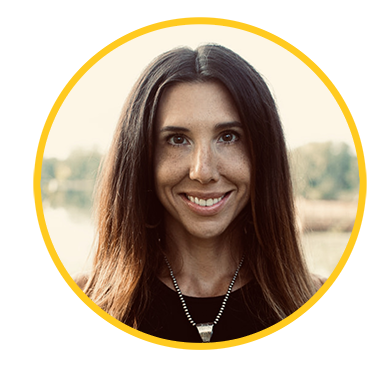 Jessie Stomski Seim: Good afternoon! I’m Jessie Stomski Seim, and I am a Citizen of the
Jessie Stomski Seim: Good afternoon! I’m Jessie Stomski Seim, and I am a Citizen of the 